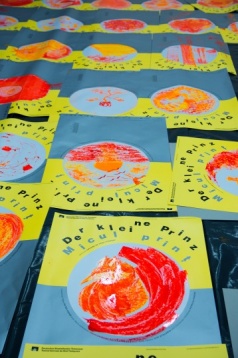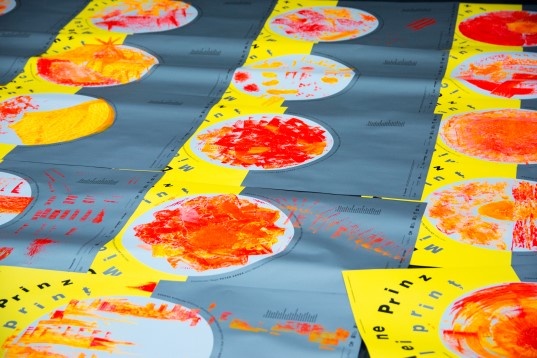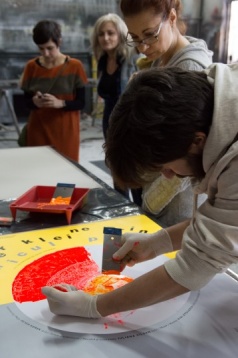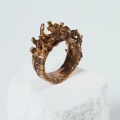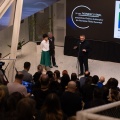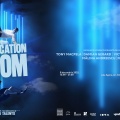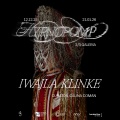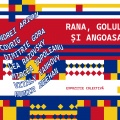HISTORY
Alex studied at the School of Art and Design Timisoara.
SPECIFIC
He found himself forced to look critical at subject at hand and departed from the school ideology early on, looking for different approaches and forming his own lack of understanding in design. He once thought Helvetica is one of the seven worst wonders of humankind, an opinion he currently disavowing.
ROMANIAN DESIGN WEEK APPEARANCES
2016 // The Little Prince Poster
The Little Prince poster is a metaphor between the sky (the ideal, the imaginary) and the earth (the reality, the disconnection) accomplished by the contrast of two typographic inks: neon yellow and silver grey. The tension between the two is interrupted by a whole in the composition, an unprinted surface that will be painted by actors, theatre employees and children during workshops. Here, the actor is making her own poster, the theatre employee is taking on the role of the communicator and the child is imagining the world of the little prince.
The main motivation – to promote the play – is preceded by the need to (re)establish a better communication inside the theatre. Therefore, The Little Prince is also used as a pretext to start a dialog on the subject of state theatre and the relationship with the cultural institution.
Alex studied at the School of Art and Design Timisoara.
SPECIFIC
He found himself forced to look critical at subject at hand and departed from the school ideology early on, looking for different approaches and forming his own lack of understanding in design. He once thought Helvetica is one of the seven worst wonders of humankind, an opinion he currently disavowing.
ROMANIAN DESIGN WEEK APPEARANCES
2016 // The Little Prince Poster
The Little Prince poster is a metaphor between the sky (the ideal, the imaginary) and the earth (the reality, the disconnection) accomplished by the contrast of two typographic inks: neon yellow and silver grey. The tension between the two is interrupted by a whole in the composition, an unprinted surface that will be painted by actors, theatre employees and children during workshops. Here, the actor is making her own poster, the theatre employee is taking on the role of the communicator and the child is imagining the world of the little prince.
The main motivation – to promote the play – is preceded by the need to (re)establish a better communication inside the theatre. Therefore, The Little Prince is also used as a pretext to start a dialog on the subject of state theatre and the relationship with the cultural institution.
















